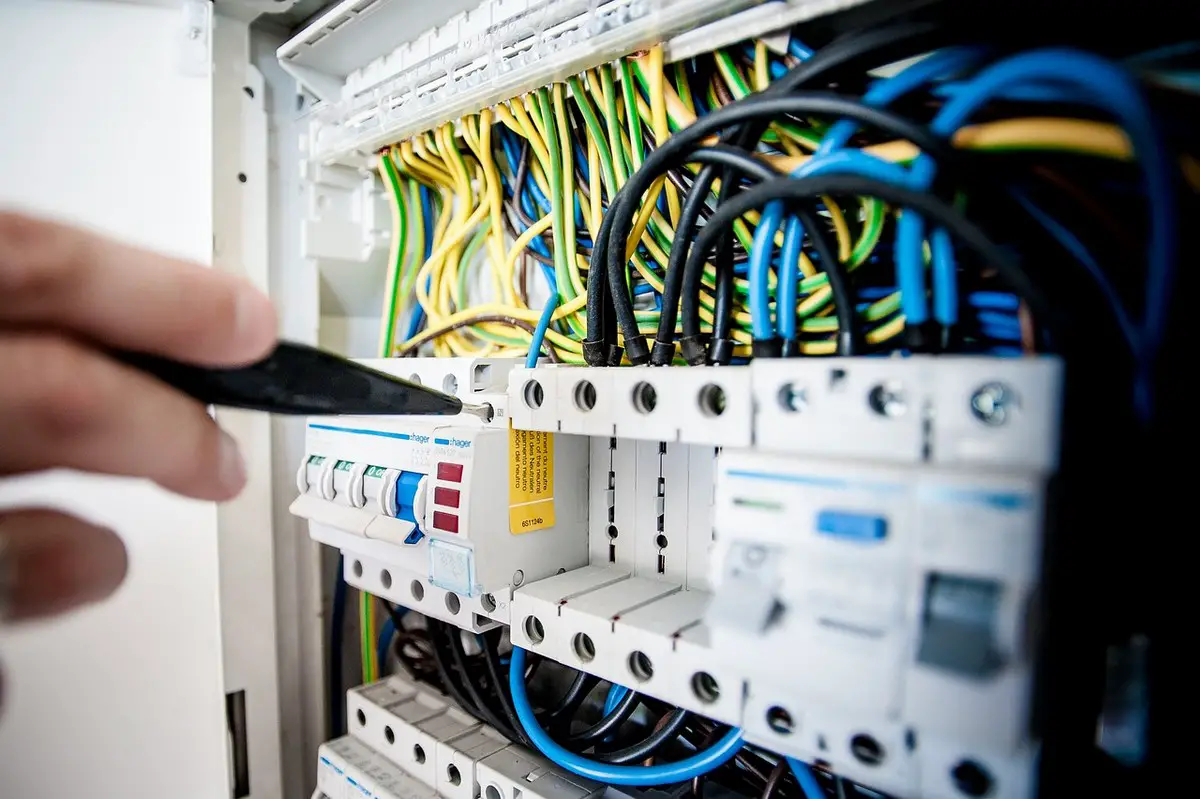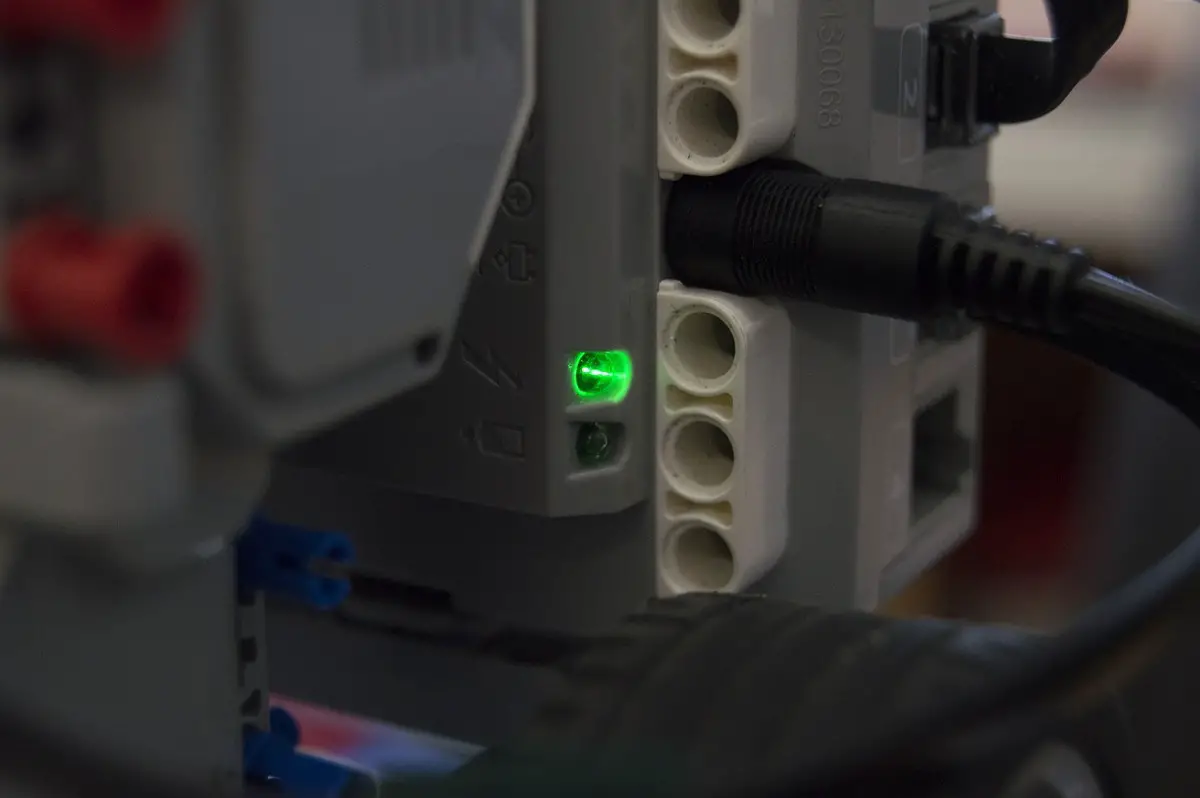Why should you install a safety switch in your home guide, Building construction tips, Online property advice
Why Should You Install a Safety Switch in Your Home
20 October 2023
What Is a Safety Switch?
Welcome to our guide on installing a safety switch in your home. Electrical safety is paramount in any household, and safety switches are crucial in ensuring it. This blog delves into what safety switches are, their benefits, legal requirements, installation processes, maintenance, costs, and more. By the end of this article, you’ll understand why having a safety switch is a wise choice for your home’s electrical safety.
At its core, a safety switch, also known as a residual current device (RCD), is an electrical device designed to monitor the flow of electricity in a circuit. Its primary purpose is to protect you and your loved ones from electrical faults by swiftly disconnecting the power supply when it detects a current leak to the ground, such as through a person. This immediate action can be a lifesaver in preventing electrical accidents.
How It Works
What does a safety switch do? To understand its operation better, picture a safety switch as a vigilant sentinel guarding your electrical system. It continuously monitors the current flowing in and out of a circuit. When it detects an imbalance, even as small as 30 milliamps, it knows something is amiss. This could be due to an electrical fault or current leaking to an unintended path, like a human body. The safety switch swiftly interrupts the power supply, preventing potentially deadly electrical shocks.
Types of Safety Switches
Safety switches come in different styles, including:
- Residual Current Circuit Breakers (RCCBs): These are the most common type installed at the main switchboard.
- Combination Safety Switches: These offer both overload protection and fault detection.
- Portable Safety Switches: These can be used with extension cords and are handy for outdoor activities.
Legal Requirements
There are strict legal requirements regarding safety switch installations in residential properties in many places. These regulations are not just bureaucratic red tape; they exist to safeguard your life and property. Failing to comply with them can lead to severe consequences, including hefty fines or, in some cases, even the refusal of insurance claims in the event of an electrical accident. Therefore, knowing and adhering to your local safety switch regulations is crucial.
Benefits of Installing a Safety Switch
Protection Against Electrical Shocks:
One of the foremost benefits of having a safety switch is its protection against electrical shocks. It’s like having a guardian angel for your electrical system, keeping you safe from potentially lethal accidents.
Fire Prevention:
Safety switches are also excellent at preventing electrical fires. They swiftly cut off power when they detect a fault, reducing the risk of overheating and fire hazards.
Safeguarding Electrical Appliances:
Your valuable electrical appliances and devices can be expensive to replace. Safety switches help protect these investments by preventing damage caused by electrical faults.
Lowering the Risk of Electrocution Accidents:
Electrocution accidents are a terrifying prospect. Safety switches significantly reduce the risk of such accidents by swiftly disconnecting power when a fault is detected.
Enhancing Overall Electrical System Safety:
Incorporating safety switches in your home’s electrical system is a proactive measure that enhances overall safety. It’s a peace of mind knowing your home is better protected.
Hiring a Professional vs. DIY
Pros of Hiring a Professional:
Hiring a licensed electrician ensures the safety switch is installed correctly and complies with all regulations. Guarantee your safety and peace of mind by accurately completing the job.
Cons of DIY:
Attempting a DIY installation without the necessary knowledge and expertise can be dangerous. It may also void warranties and insurance coverage if not done correctly. Professionals should typically handle electrical work.
Maintenance and Testing
Importance of Regular Maintenance:
Regular maintenance is vital to ensure your safety switch remains in optimal condition. Periodic checks can identify any issues before they become significant problems.
Testing Guidelines:
Press the test button to test your safety switch at least every three months. If it doesn’t trip, consult a professional immediately. Additionally, have a licensed electrician inspect your safety switch annually.
Common Issues and Troubleshooting:
Common problems with safety switches include tripping without a fault, failure to trip when there is a fault, or nuisance tripping due to faulty appliances. A licensed electrician can troubleshoot and resolve these issues.
Why should you install a safety switch at home – Cost Considerations
● Potential Costs:
The cost of installing a safety switch can vary depending on factors like the type of safety switch, labour charges, and any additional work required. It may range from a few hundred to a thousand dollars on average.
● Government Incentives:
In some regions, government incentives or rebates are available for installing safety switches, promoting electrical safety. Check with your local authorities to see if you qualify for financial assistance.
Safeguarding Your Life With Safety Switch
In conclusion, safety switch installation in your home is not just a matter of compliance but of safeguarding your life, loved ones, and property. We’ve explored what safety switches are, their benefits, legal requirements, installation procedures, and maintenance guidelines. Remember, electrical safety is not an option—it’s a necessity. Take action today to enhance your home’s electrical safety.
Comments on this guide to Why should you install a safety switch at home article are welcome.
Electrical Safety
Electrical Safety Posts
Electrical safety tips to protect your home
Electrical Safety Tips For Homeowners
Guide to staying safe when doing DIY work
Gas and Pipes Posts
Using TracPipe to Improve Your Gas Safety

The Importance Of Pipe Relining
Building Articles
Residential Architecture
AIRE Ancient Baths in Copenhagen
Comments / photos for the Why should you install a safety switch at home guide page welcome






